Brush up on your eco-paints
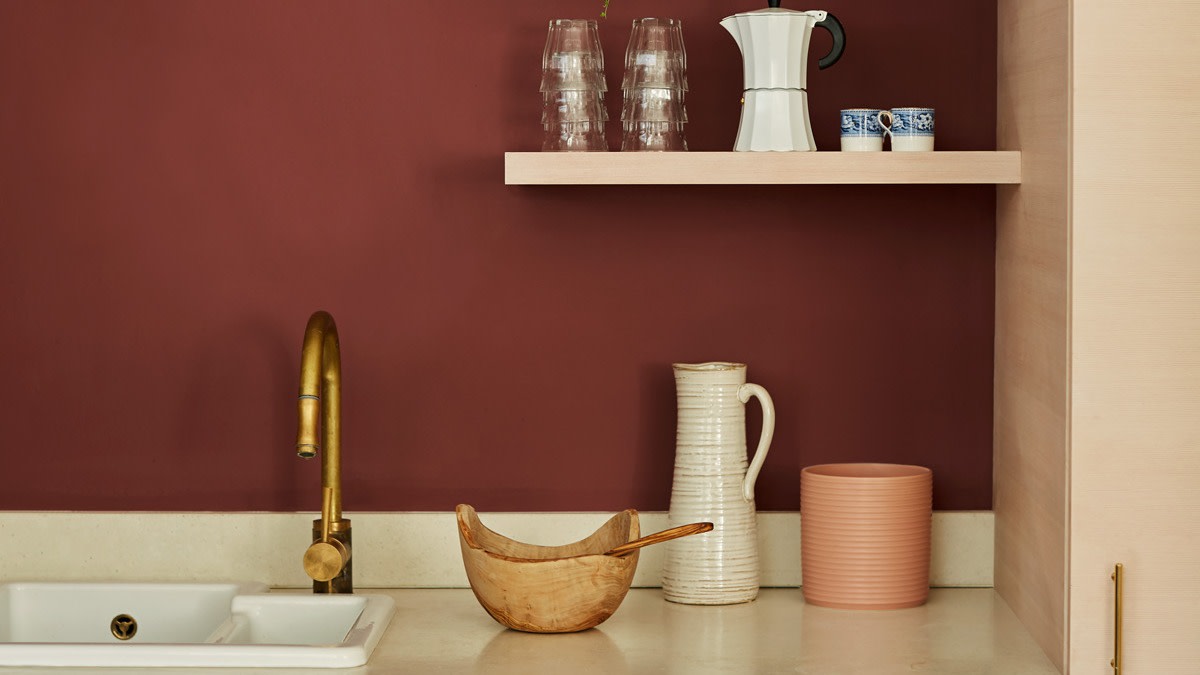
Roula Khalaf, Editor of the FT, selects her favourite stories in this weekly newsletter.
When prying open a can of paint, the familiar fumes carrying the promise of freshly finished walls are caused by harmful VOCs (Volatile Organic Compounds) that can trigger asthma and other allergic reactions. While many paints are now low-VOC and water-based, brands are going greener still with natural formulas and a smaller carbon footprint.
Along with the paint itself, sustainable packaging is important. YesColours launched Europe’s first recyclable paint pouches last year: these are more space efficient for transportation and use 16 per cent less fossil fuel than tins, which often end up in landfill – 14,000 tonnes in the UK, according to the brand. The pouches are packed full of plastic-free, vibrant colours grouped in aptly named collections such as Fresh, Electric and Serene.
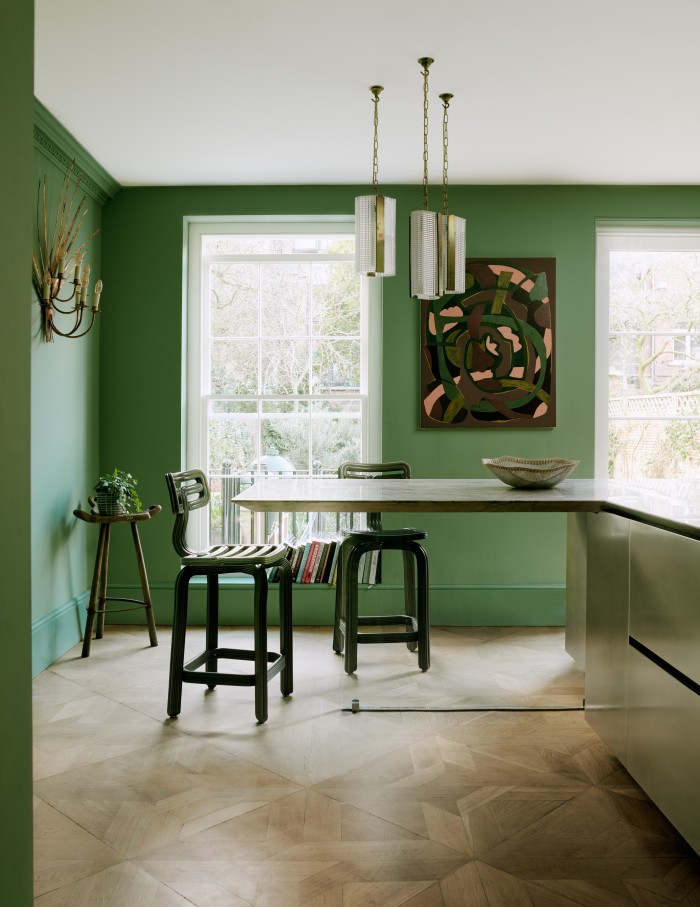
Francesca’s Paints, which was established in 1996 and considers itself one of the first eco-friendly UK paint companies, also takes travel miles seriously, delivering its limewash and Eco Emulsions from Italy to London only twice a year in big batches to reduce emissions. These are then coloured in the Battersea-based studio to produce velvety, intensely pigmented paint.
Reducing the carbon footprint of her debut paint range was also a priority for the architectural and interior designer Rose Uniacke, whose formulas must be diluted with water before use, minimising shipping weight and so lowering carbon emissions. Of the 14 neutral shades inspired by her fabric collection, half are available in an Ecosphere lime finish which helps purify the air by absorbing CO2. “I have long mixed my own bespoke paints for the projects I design and so it made sense to share some of these colours in an environmentally conscious way,” she says. The mineral-based, chemical-free range was created in collaboration with the Norfolk-based paint company Graphenstone and contains an incredibly strong, non-toxic, pure carbon called Graphene for better durability and coverage.
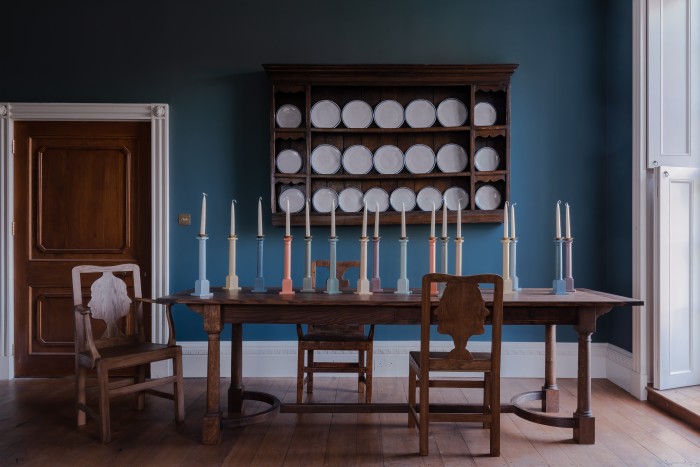
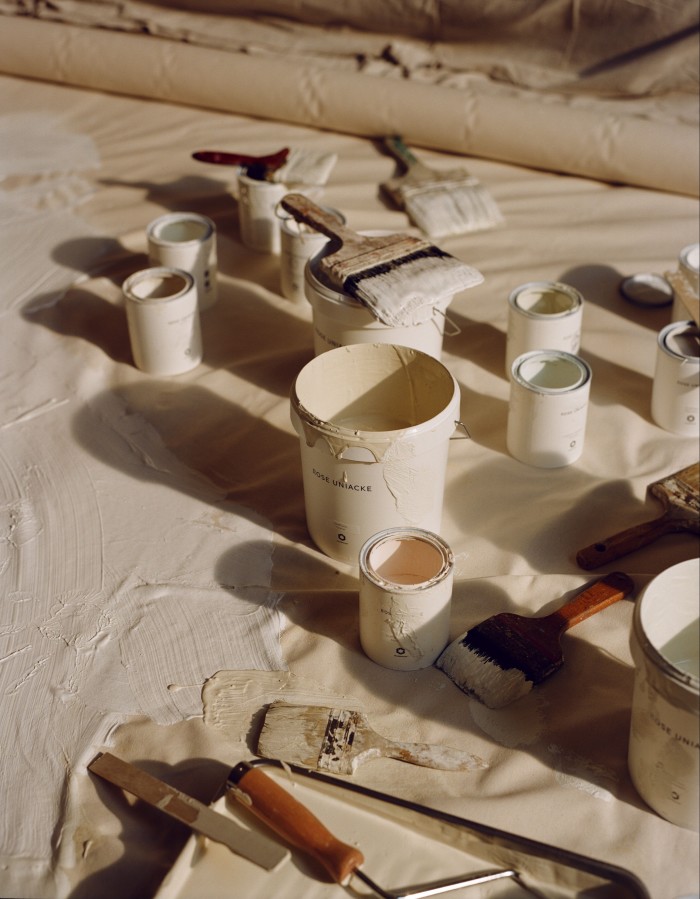
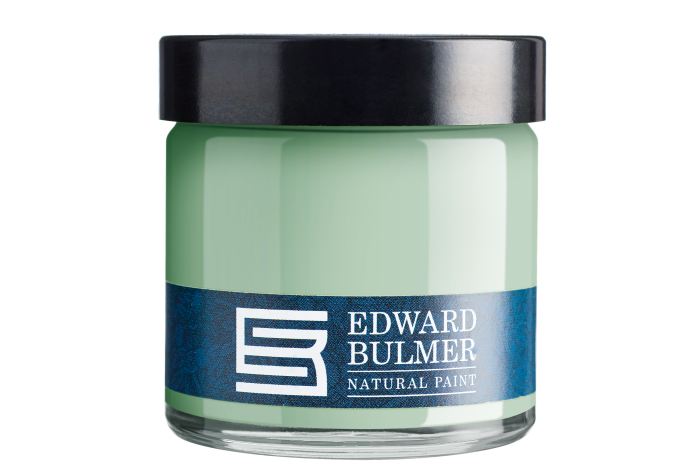
Edward Bulmer Verdigris, £41 for 1l
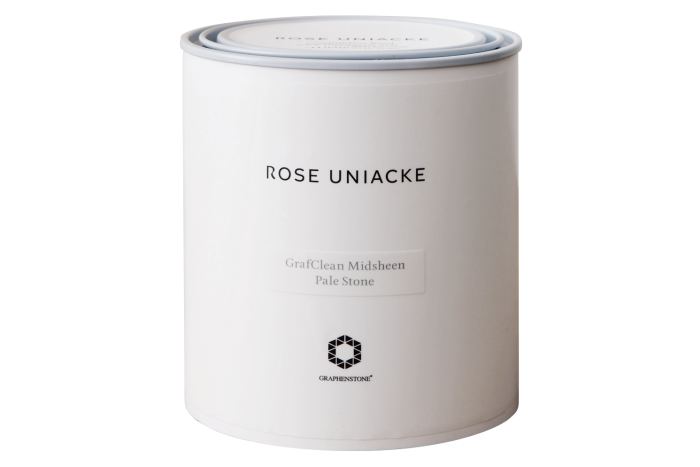
Rose Uniacke Pale Stone GrafClean Midsheen, £32 for 0.75l
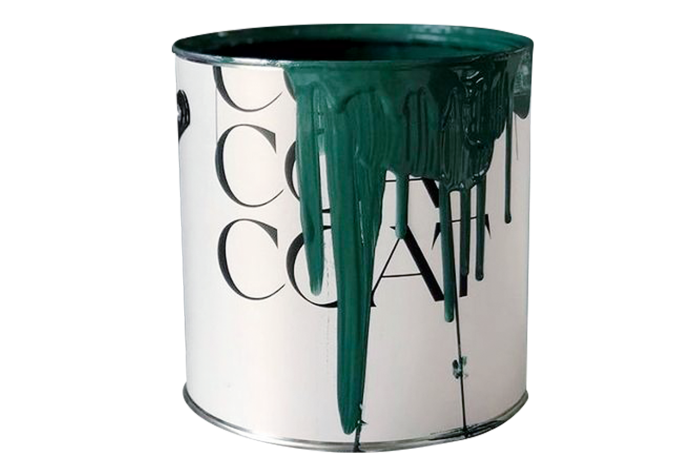
Coat Ditch The Tie Flat Matt, £25 for 1l
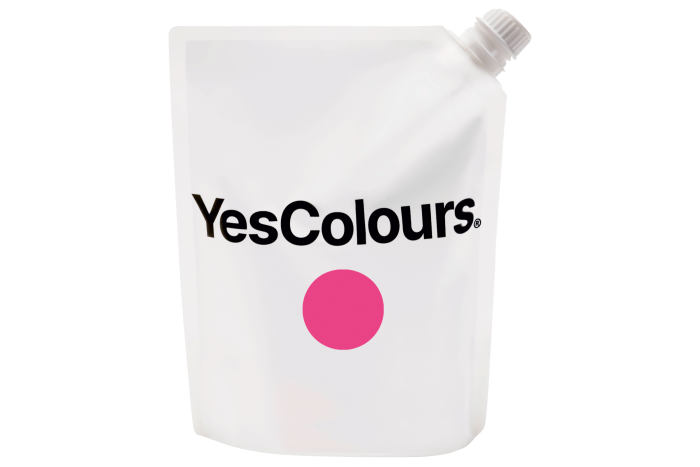
YesColours Passionate Pink Matt, £21 for 1l
To avoid fossil fuels, some brands rely on renewable energy, including Nordfärg which uses geothermal heat and hydropower from Sweden and Iceland to produce its soft, calming colours. COAT meanwhile prides itself on being the UK’s first climate-positive paint brand. The business “double-offsets” by supporting forest preservation projects: “We actually give back more to the planet than we (and our supply chain) take,” says its co-founder Rob Green. The modern, muted hues are made-to-order to reduce waste, a method also used by Lick.
For architectural historian Edward Bulmer, transparency around ingredients is key – paint really should be what it says on the tin. His eponymous, CO2-neutral brand works with raw plant and mineral materials such as linseed oil, chalk and earth, along with natural pigments, to make over 100 different shades. Like Edward Bulmer, Earthborn also produces a large palette of breathable colours made from creamy clay which is particularly suitable for porous walls in older properties.
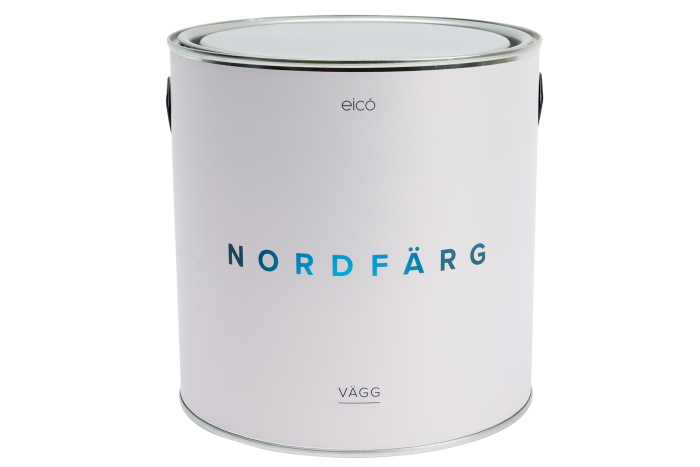
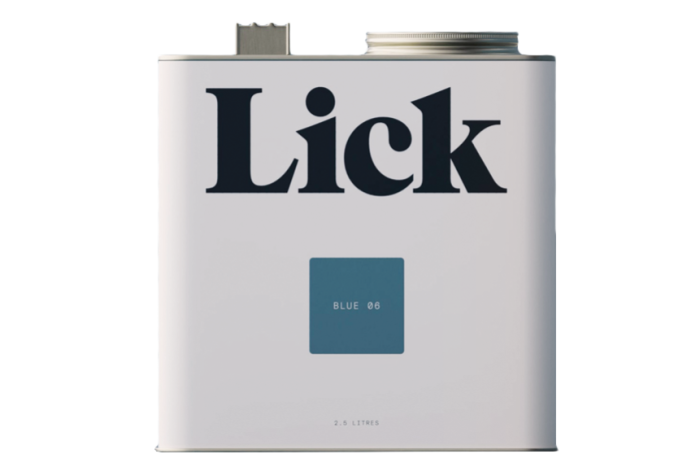
Comments